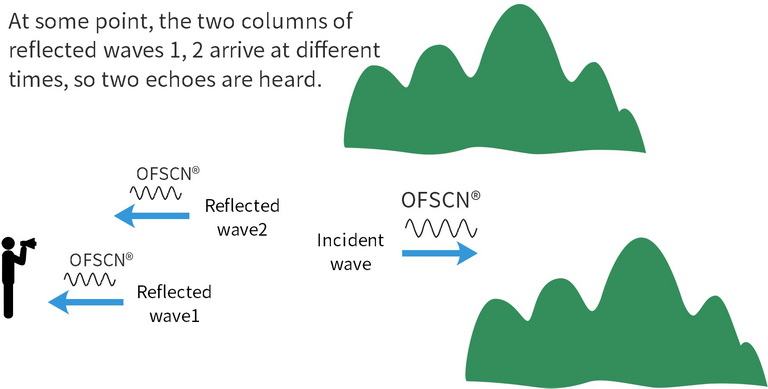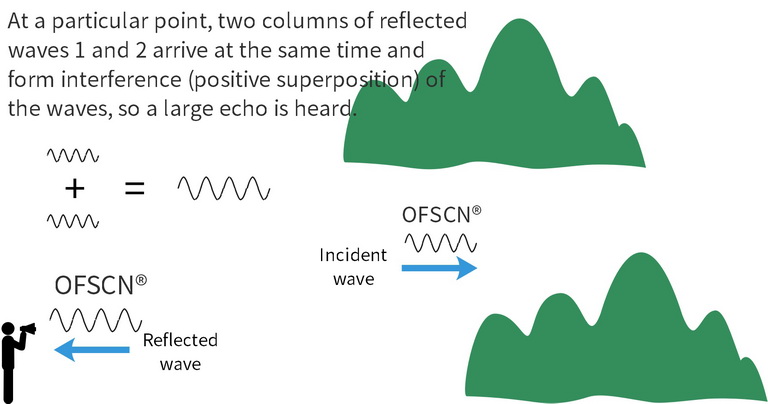This article explains the necessary knowledge of wave reflection and interference (interference) to understand the basic principles of fiber bragg gratings. It serves as a preliminary educational article about OFSCN® capillary seamless steel tube FBG sensors produced by DCYS.
In the previous article "OFSCN® capillary seamless steel tube FBG Sensors," we provided the definition of OFSCN® capillary seamless steel tube FBG sensors. We also introduced DCYS as a professional manufacturer of FBG sensors, highlighting the unique features of the OFSCN® capillary seamless steel tube FBG sensor series due to the use of advanced materials and structures.
To enhance your understanding of DCYS's products, we will now focus on explaining the basic principles of FBG sensors (including FBG principles). This article is an educational piece and not a research article. If any readers find fundamental errors in this article, please provide feedback.
 |
|
Image 1 |
 |
| Image 2 |
Since this is an educational article, please believe that it won't be difficult. Before discussing the principles of FBG sensors, we need to understand wave reflection and interference (interference). This is because the most crucial part of FBG sensors is the accurate detection of specific wavelength reflected light. By analyzing the wavelength changes of the reflected light, we can determine the corresponding physical quantities being measured (such as stress, strain, and temperature).
Since light waves have high frequencies and short wavelengths, they are not easily observable in our daily lives unless we are professionals in the field. For easier comprehension, we will use sound waves as an analogy to represent light waves - sound waves and light waves both exhibit wave characteristics, with long and short waves.
1. Reflection of a Single Sound Wave (Light Wave)
You may have encountered the following scenario in your life: One day, while traveling to a scenic place with mountains, you stand in front of a mountain and shout, "OFSCN®..." (or you can shout "DCYS" or the name of your loved one). Suddenly, you hear the echo of the mountain saying "OFSCN®..." This echo represents the reflection of the sound wave (see Image 3). You emitted a sound wave (incident wave) towards the mountain, and the mountain responded with a corresponding wave reflection (reflected wave).
 |
|
Image 3 |
2. Reflection of Multiple Sound Waves (Light Waves)
Continuing forward, you enter a valley and shout, "OFSCN®..." into the valley. Then, you hear echoes from both sides of the valley, saying "OFSCN®..." repeatedly. These echoes from both sides of the valley represent the reflection of two or more columns of sound waves (see Image 4).
 |
|
Image 4 |
3. Interference of Multiple Sound Waves (Light Waves)
By coincidence, you reach a particular spot in the valley (there must be a series of such spots along your journey). Here, you shout, "OFSCN®..." again, and suddenly, the echoes from both sides of the valley merge into a tremendous sound, resonating in your head. What happened? At this moment, the two or more columns of sound waves have interfered with each other (arriving simultaneously, forming constructive interference, see Image 5).
 |
|
Image 5 |
Just like sound waves, light waves exhibit similar characteristics on a smaller scale. Light waves that meet certain conditions (Bragg condition) when passing through a FBG also undergo constructive interference, resulting in multiple waves reflecting positively (interference).
As this article serves as a preliminary educational article about OFSCN® capillary seamless steel tube FBG sensors produced by DCYS, we will not discuss the negative interference of two or more sound waves that may occur at a few meters apart. In FBG sensors, what we need to detect is the constructive interference of multiple waves.
By this point, you may have gained a certain understanding of the reflection and interference (interference) of sound waves (light waves). Besides beautiful mountains, you can also experience the wave characteristics mentioned in this article at the Temple of Heaven in Beijing. The park has an echo wall, and there are also three-tone stones in the Hall of Prayer for Good Harvests.
It is worth emphasizing that the characteristics of sound waves also apply to light waves transmitted in optical fibers. When light waves encounter FBGs, they undergo reflection and interference (interference) according to the same principles. However, the reflection of light waves within optical fibers is more complex, involving detailed knowledge of coupling theory and mode reflection. For those who wish to explore further, please refer to relevant resources. In the next article, we will explain how FBGs work based on light waves. Stay tuned!
Our philosophy is: "OFSCN®, make optical fiber stronger!"
